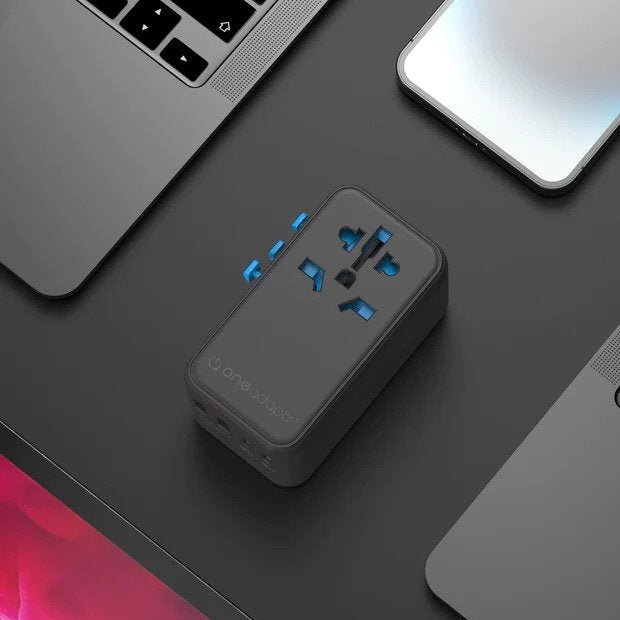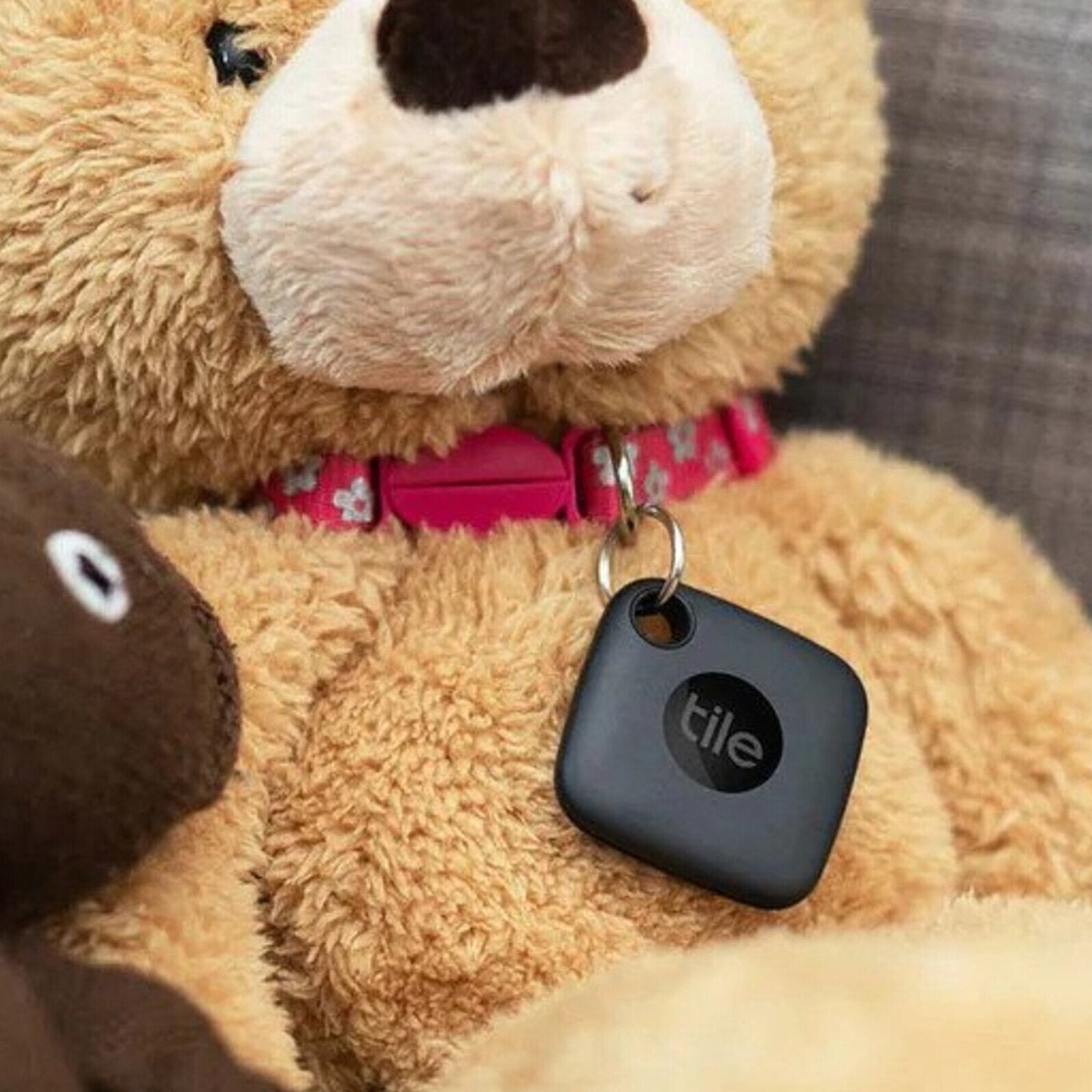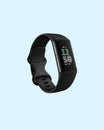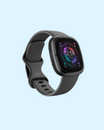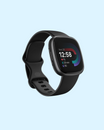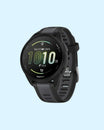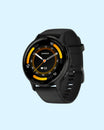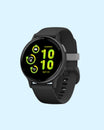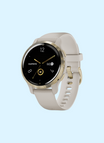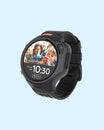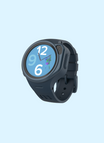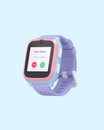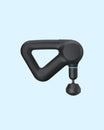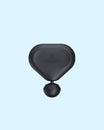DJI Mic Mini vs Rode Wireless Micro: What Set Them Apart?
Naila Syifa
Updated December 2024

DJI and Rode have just released their latest addition to the wireless microphone market, the DJI Mic Mini and Rode Wireless Micro, both targeting content creators who need compact and affordable audio solutions.
Despite targeting the same audience, these two systems have distinct features and capabilities that set them apart. What are they?
Key Takeaways
Rode Wireless Micro only supports USB-C or Lightning, while DJI Mic Mini is more versatile with USB-C, Lightning, and 3.5mm audio output support. DJI Mic Mini is also superior in terms of features, controls, range, and battery, but the Rode Wireless Micro offers a simpler, grab-and-go experience appealing to people who just need a basic wireless mic system that works.


DJI Mic Mini
Small but Powerful
✓ Two-Level Noise Canceling
✓ Automatic Limiting
✓ DJI OsmoAudio
✓ 48-Hour Battery

Rode Wireless Micro
Grab-and-Go Audio
✓ Intelligent GainAssist
✓ Automatic Pairing
✓ App Control
✓ 21-Hour Battery
Design & Control

DJI Mic Mini
Despite both being ultra-compact and ultra-lightweight microphones, the DJI Mic Mini has a smaller rectangular transmitter than Rode's elongated rectangular design. This more discreet appearance means it's less noticeable when clipped to clothing.
Talking about clipping, both transmitters have a back clip and magnetic attachment options for versatile mounting. We can easily clip them to our collar or use the magnetic attachment to secure them anywhere on the clothing.
The receiver of the Rode is slimmer and lighter, weighing just 6 grams compared to the DJI Mic Mini's receiver at 17.8 grams. That gives the Rode an advantage for attaching to smartphones, since it puts less strain on the phone's charging port.
One compromise of the compact form factor is that neither the DJI Mic Mini nor the Rode Wireless Micro includes a display screen. They rely on the LED indicators for status.
DJI Mic Mini still at least provides quite some level of control on the receiver. The dial allows for gain adjustment while the buttons let you switch between modes, enable/disable noise canceling, link the receiver and transmitter, and more.
The Rode Wireless Micro, on the other hand, takes a more minimalistic approach. It has no buttons for turning on/off the device, pairing, or starting/stopping the recording. It automatically turns on and records as soon as you take it out of the charging case. Settings and adjustments are accessible through the Rode Central companion app.
Audio Features

Rode Wireless Micro
Both microphones offer Mono and Stereo modes, which are also known as Merged and Split modes on Rode. The former combines audio from both transmitters into a single channel, while the latter records each transmitter to separate left and right channels.
DJI Mic Mini also offers a third mode — Mono with Safety Track. It records a second track at -6dB as a backup in case the main track clips or distorts. Meanwhile, safety channel is not supported by the Rode Wireless Micro.
Another aspect that sets the two mics apart relates to how they handle noise reduction. Both models come with a windscreen, which can be attached to shield the microphone from wind noise.
However, DJI Mic Mini also offers digital noise cancellation in two levels — Basic and Strong — while the Rode Wireless Micro relies solely on the windscreen for noise reduction.
One feature that gives the Rode Wireless Micro an advantage is Intelligent GainAssist. This automatically adjusts the audio level so you don’t have to manually adjust the gain.
But if you prefer manual gain control, you can adjust the output gain between Low, Medium, and High on the app. This is a simpler setting that casual users can easily understand, but professional users may prefer the finer 5-level gain setting on the DJI Mic Mini, which allows you to choose between -12 dB, -6 dB, 0 dB, +6 dB, and +12 dB simply by rotating the dial.
DJI Mic Mini also has an exclusive feature known as Auto Limiting. When the audio input is too loud, it automatically reduces the volume to prevent distortion and clipping.
Connectivity & Range

DJI Mic Mini
In terms of connectivity, the DJI Mic Mini is the more versatile option. The receiver features a USB-C port and a 3.5mm output jack, allowing it to universally connect to various devices like smartphones, computers, and cameras. Connection to iOS devices is also supported but requires a separately sold Lightning adapter.
If you want a simpler setup without using the receiver, cable, or adapter, you can also connect the DJI Mic Mini directly to compatible devices via Bluetooth.
DJI Mic Mini also supports the DJI OsmoAudio ecosystem, which allows for direct connection to compatible DJI devices like the Osmo Action 5 Pro, Osmo Action 4, and Osmo Pocket 3.
Rode Wireless Micro just offers USB-C or Lighting connectivity, which you have to choose upon purchase. You can only connect to devices that support USB-C/Lighting, such as smartphones, computers, and action cameras. Cameras are not supported because they need a 3.5mm connector, which is not found on the Rode Wireless Micro.
In terms of range, DJI Mic Mini is again winning. It offers a transmission distance of up to 400 meters, while the Rode Wireless Micro is limited to just 100 meters maximum range.
Battery

Rode Wireless Micro
Rode Wireless Micro offers up to 7 hours of battery life for both the transmitter and receiver. The case can charge them twice, bringing the total usage time to 21 hours.
DJI Mic Mini provides a much longer battery life. Not only that the transmitter and receiver have a longer runtime of 11.5 hours and 10.5 hours respectively, but the case can also recharge 3.6 times, extending the total usage time to 48 hours. That's more than double what the Rode can offer.
DJI Mic Mini vs Rode Wireless Micro
Final Thoughts

DJI Mic Mini
Despite both being ultra-small and ultra-light wireless microphones, the DJI Mic Mini clearly offers more advanced features and capabilities than the Rode Wireless Micro. Its superior connectivity options, longer range, extended battery life, and additional features like noise cancellation make it the more well-rounded choice overall.
Meanwhile, Rode Wireless Micro's minimalistic approach and more limited connectivity make it a more niche option, appealing primarily to casual users who prefer a simpler, grab-and-go setup.
If you like to read more about Wireless Microphone, check out our other relevant guides here:
DJI Mic Mini vs DJI Mic
DJI Mic Mini vs DJI Mic 2
DJI Mic Mini vs Rode Wireless Go 2
DJI Mic Mini vs Hollyland Lark M2
Author

Naila Syifa
Naila has spent over 1,800 hours researching, exploring, and writing about the latest trends in technology, consumer electronics, and smart home gadgets.
Don't miss out on tech
Subscribe to our newsletter to stay up to date on the latest tech trends and guides on the best gadgets around.


